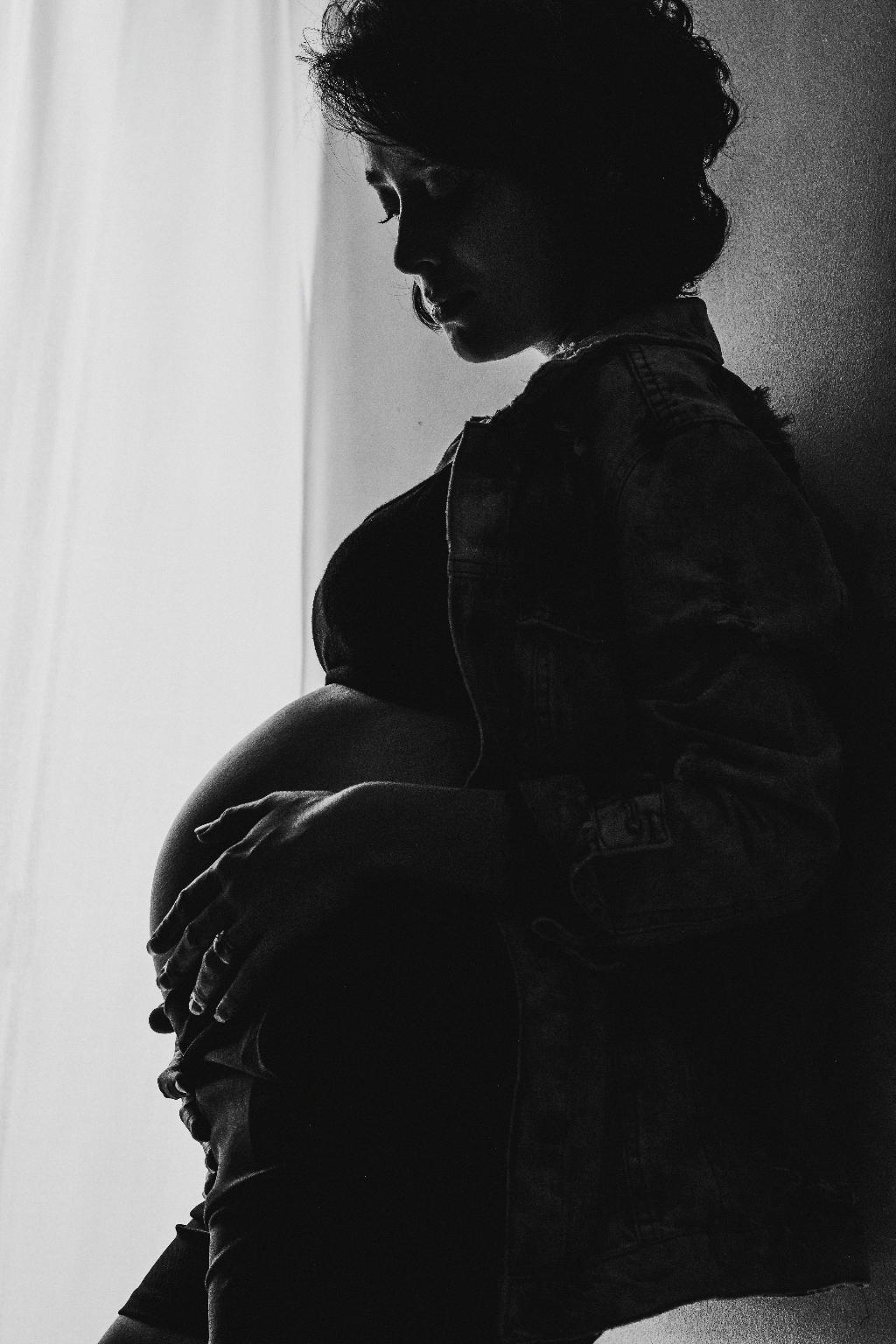One common concern during pregnancy is the position of the baby in the womb. If your baby is in the breech position, it means that their head is not pointing down towards the birth canal, but rather their bottom or feet are positioned to come out first. This position is common before 35 to 36 weeks of pregnancy, with most babies typically turning to a head-down position by the final month.
While it is not unusual for a baby to be in the breech position earlier in pregnancy, many factors can influence whether the baby remains in this position as the due date approaches. Factors such as the mother’s previous pregnancies, the amount of amniotic fluid, the size and shape of the uterus, and the position of the placenta can all play a role in determining whether the baby stays breech or rotates on their own.
It is essential for expectant mothers to communicate openly with their healthcare provider about the baby’s position. Regular prenatal check-ups can help monitor the baby’s position and determine if any interventions may be necessary. While some babies may naturally turn on their own, others may require medical assistance to encourage a head-down position.
There are various techniques and exercises that can help encourage a breech baby to turn head-down. These methods include pelvic tilts, breech tilt exercises, acupuncture, chiropractic care, and external cephalic version (ECV) performed by a healthcare provider. Discussing these options with a healthcare provider can help determine the best approach based on individual circumstances.
It is essential to note that there can be risks associated with a baby being in the breech position during delivery. Babies in the breech position may face a higher risk of birth complications, such as umbilical cord prolapse or difficulties with the passage through the birth canal. In some cases, a healthcare provider may recommend a cesarean section (C-section) to reduce the risks associated with a breech delivery.
While the breech position is common before a specific gestational age, it is essential to monitor the baby’s position closely as the due date approaches. Understanding the factors that can influence the baby’s position and discussing any concerns with a healthcare provider can help ensure a safe and smooth delivery for both the mother and baby.
Each pregnancy is unique, and what may be considered normal for one expectant mother may differ for another. The key is to stay informed, stay connected with healthcare providers, and be proactive about monitoring the baby’s position throughout pregnancy. By taking a proactive approach, expectant mothers can make informed decisions about their birth plan and any necessary interventions.
Ultimately, whether the breech position is considered normal depends on various factors and individual circumstances. While it is common for babies to be in the breech position earlier in pregnancy, monitoring the baby’s position and discussing any concerns with a healthcare provider can help determine the best course of action for a safe and successful delivery.

